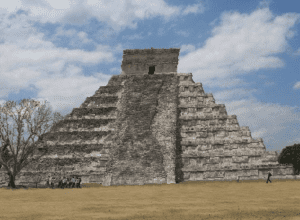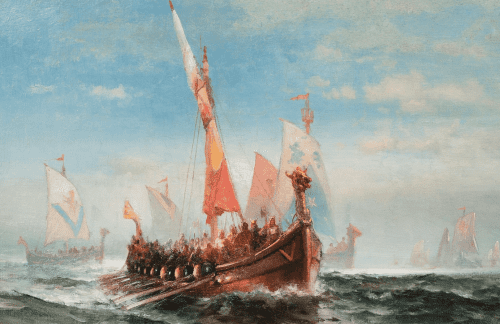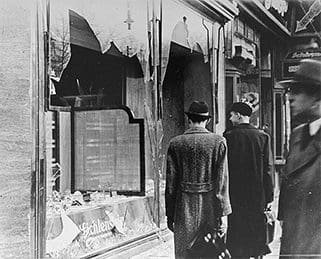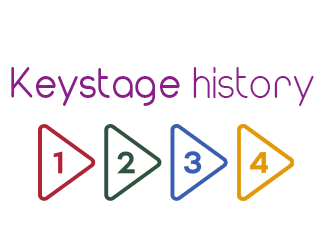
Below is a recent short explanation as to why the Mayan civilization collapsed. I think that KS2 pupils can do better, with the right stimulus. This comes in the form of our outstanding lesson.https://www.keystagehistory.co.uk/keystage-2/why-did-the-mayan-empire-decline/
The website lesson’s blurb goes like this:When there are apparently 88 competing theories about the end of the Mayan civilization where do pupils start? Well, having asked them to predict possible reasons they are then placed in research teams under the guidance of 5 leading experts: Dr. Drought, Professor Poorsoil, Dr. Disease, Professors Rival and Revolt , and finally Professor Combo. Each team has to advocate its particular theory with Professor Combo’s group of the most able having the unenviable task of synthesising all the ideas. They visit the evidence bank, carefully select only relevant material and then, against the clock make their case.
Interested? Why not have a look at the full lesson.
The new theory published on a history website offers this explanation:
Arguably the New World’s most advanced pre-Columbian civilization, the Maya carved large stone cities into the jungles of southern Mexico and Central America, complete with elaborate plazas, palaces, pyramid-temples and ball courts. Known for their hieroglyphic writing, as well as their calendar-making, mathematics, astronomy and architecture skills, the Maya reached the peak of their influence during the so-called Classic Period, from around A.D. 250 to A.D. 900. But at the end of the Classic Period, in one of history’s great enigmas, the populace suddenly deposed its kings, abandoned the cities and ceased with technological innovation.
Dozens of theories have been put forth to explain what happened. Some historians, for instance, point to a major drought, exacerbated by deforestation and soil erosion, as the impetus for the societal collapse, while others put the blame on a disease epidemic, a peasant revolt against an increasingly corrupt ruling class, constant warfare among the various city-states, a breakdown of trade routes or some combination thereof. Though dispersed, the Maya never disappeared. Millions of their Mayan-speaking descendants continue to inhabit the region to this day.







